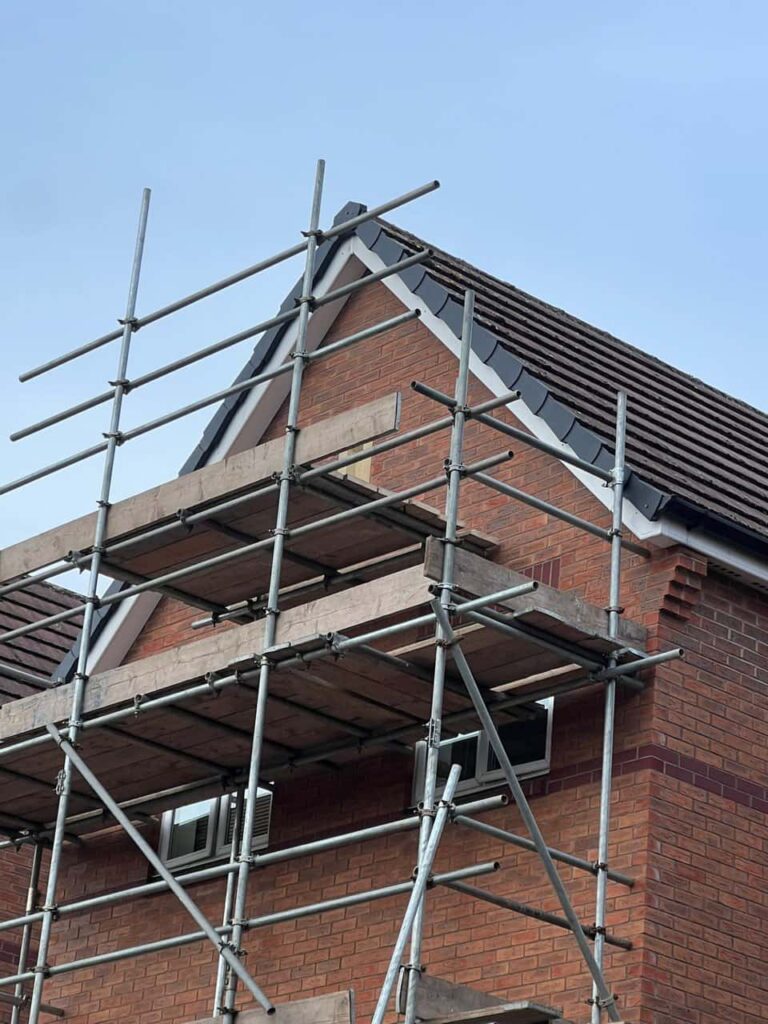Introduction: Commercial buildings are constantly exposed to the forces of nature, including wind, rain, and extreme weather events. Among these elements, wind poses a significant threat to the integrity of roofing systems, particularly in areas prone to high winds or severe storms. Understanding the concept of roof wind uplift resistance is crucial for building owners, architects, and contractors to ensure commercial buildings’ structural stability and durability. In this guide, we’ll delve into the importance of roof wind uplift resistance in commercial buildings and explore strategies for enhancing resilience against wind-induced damage.
What is Roof Wind Uplift Resistance?
Roof wind uplift resistance refers to the ability of a roofing system to withstand the upward force exerted by wind pressure on the building envelope. Wind uplift occurs when atmospheric pressure differences create suction forces that lift and displace roofing materials, potentially leading to roof failure, water infiltration, and structural damage. Various factors influence roof wind uplift resistance, including roof geometry, material properties, fastening methods, and building design.
Factors Influencing Roof Wind Uplift Resistance:
- Roofing Material: The type and quality of roofing materials significantly determine roof wind uplift resistance. Durable and weather-resistant materials, such as asphalt shingles, metal panels, or single-ply membranes, offer better wind uplift resistance than less robust materials.
- Attachment Methods: Proper attachment of roofing materials to the underlying substrate is critical for enhancing wind uplift resistance. Secure fastening methods, such as screws, nails, or adhesives, ensure that roofing components remain firmly anchored to the roof deck, minimising the risk of detachment during high winds.
- Roof Design: The design of the roof, including its slope, shape, and complexity, affects its susceptibility to wind uplift. Steeper roof slopes and aerodynamic shapes, such as hip roofs or domes, are inherently more resistant to wind forces than flat or low-slope roofs.
- Edge and Perimeter Details: The roof’s perimeter, including edges, eaves, and parapets, is particularly vulnerable to wind uplift. Properly designed and installed edge details, such as drip edges, fascia, and coping, help mitigate wind pressure and prevent wind-driven rain intrusion.
- Building Location and Exposure: The geographic location of the building and its exposure to prevailing winds and microclimate conditions influence wind uplift resistance requirements. Buildings in coastal areas, hurricane-prone regions, or high-wind zones may require enhanced roofing systems to withstand extreme wind loads.
Strategies for Enhancing Roof Wind Uplift Resistance:
- Consult with a Structural Engineer: Work with a qualified structural engineer or roofing consultant to assess the wind uplift resistance requirements for your commercial building based on local building codes, climate data, and site-specific conditions.
- Choose Resilient Roofing Materials: Select roofing materials with high wind uplift resistance ratings and proven performance in windy environments. Consider impact-resistant materials and systems that can withstand severe weather conditions and minimise the risk of damage.
- Ensure Proper Installation: Proper installation maximises roof wind uplift resistance. Follow the manufacturer’s guidelines and industry best practices for roof assembly, flashing details, and fastening methods to ensure a secure and reliable roofing system.
- Implement Wind Mitigation Measures: Incorporate wind mitigation measures, such as roof reinforcements, enhanced edge details, and wind-rated roofing components, to improve the overall resilience of the roofing system against wind uplift forces.
- Regular Maintenance and Inspections: Schedule regular inspections and maintenance activities to identify and address potential vulnerabilities in the roofing system. Replace damaged or deteriorated roofing materials, repair loose fasteners, and reinforce weak points to maintain optimal wind uplift resistance over time.
Conclusion: Roof wind uplift resistance is critical for ensuring the structural integrity, durability, and safety of commercial buildings in windy environments. By understanding the factors influencing wind uplift resistance and implementing appropriate strategies, building owners and stakeholders can enhance the resilience of roofing systems and minimise the risk of wind-induced damage. With proper planning, design, and maintenance, commercial buildings can withstand the forces of nature and provide reliable protection for occupants and assets for years to come.
Call us on: 0115 647 1193
Click here to find out more about Giltbrook Roofing Repairs
Click here to complete our contact form and see how we can help with your roofing needs.

